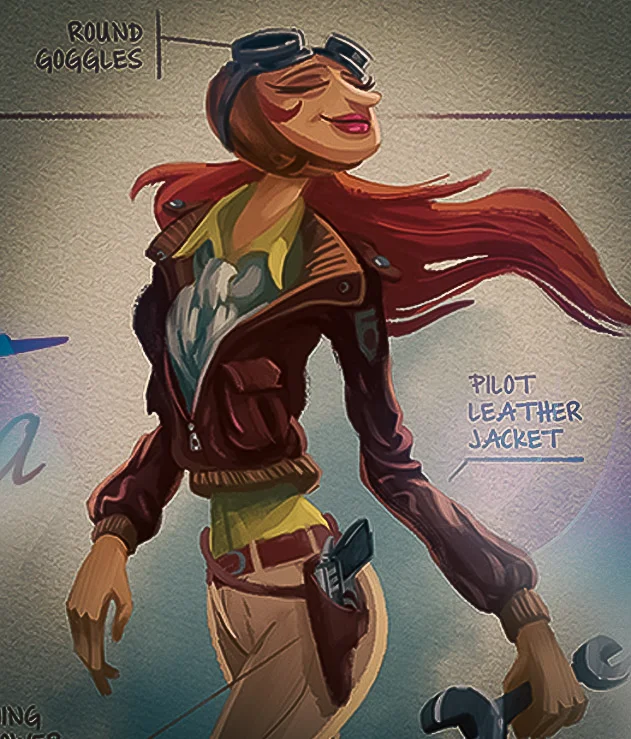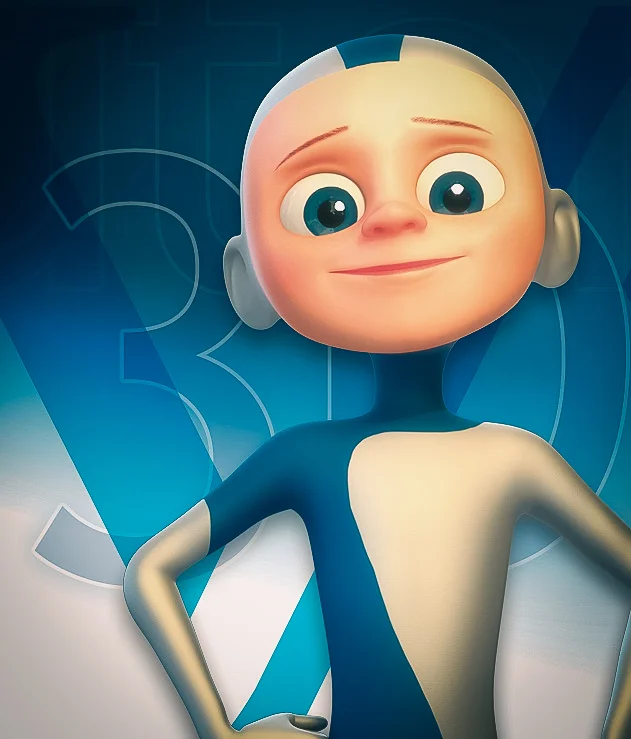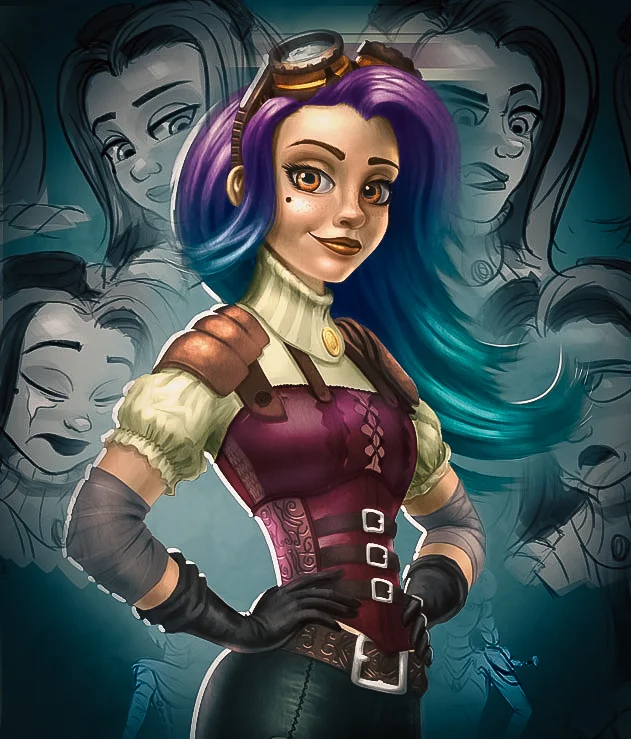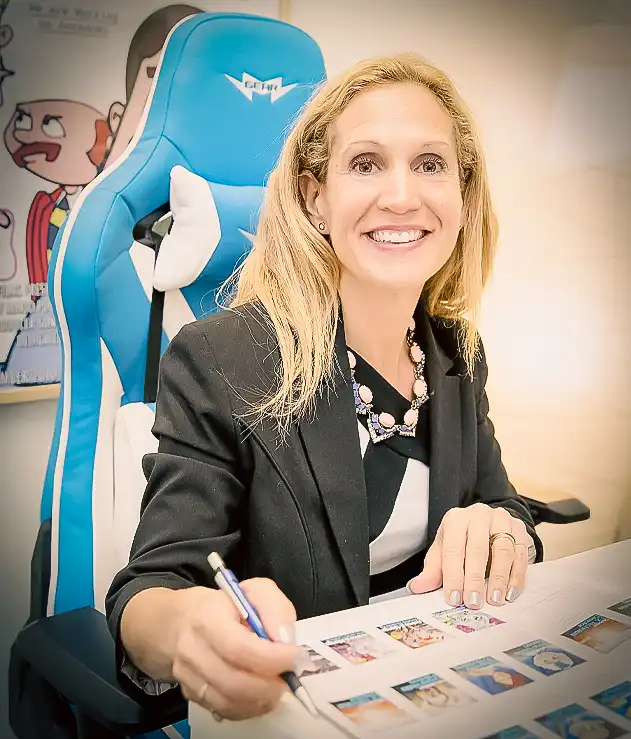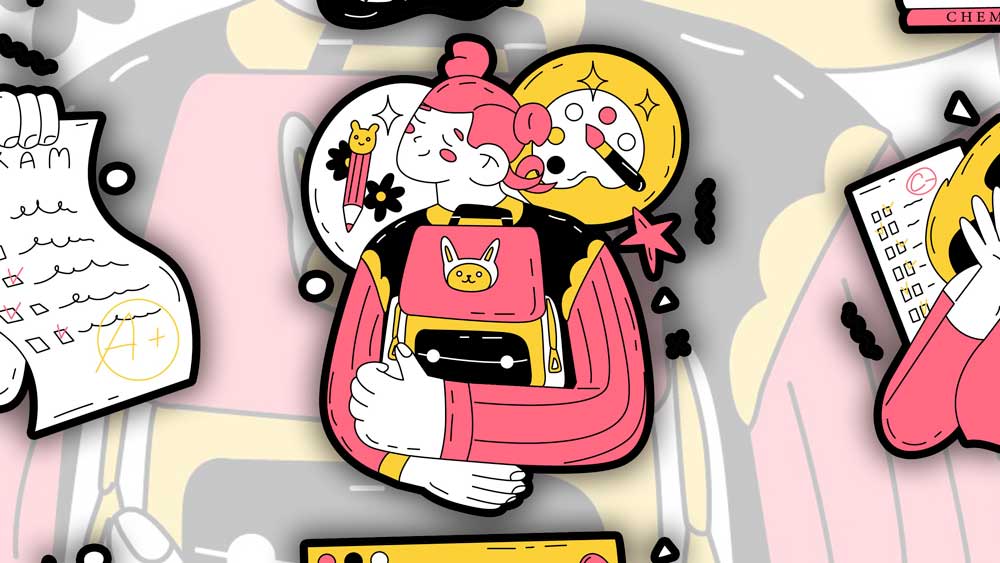 Image: Larika Draws (Motion Array)
Image: Larika Draws (Motion Array)
Author: VANAS
Lifelong Learning in Animation, VFX, and Video Games
VANAS Online Animation School offers Animation, Visual Effects, and Video Game programs to help you launch your career. Explore your opportunities at VANAS.
Table of Contents
- Why Animation, VFX, and Video Games Change Every Year
- Why Learning New Skills Never Stops
- The Risks of Falling Behind
- Ways to Stay Updated in the Industry
- Frequently Asked Questions
1. Why Animation, VFX, and Video Games Change Every Year
Animation, VFX, and video games are constantly evolving because of advances in technology, new creative ideas, and the demands of audiences. Software like Blender, Maya, and Unreal Engine is updated almost every year, adding new features and improving workflows.
For example, real-time rendering has transformed how animation and visual effects are created. This technology allows artists to see their work instantly, which saves time and opens up new creative possibilities.
Video game development is also driven by rapid changes in technology. Game engines like Unity and Unreal Engine keep improving graphics, adding tools for virtual reality, and enabling more realistic animations. These advancements mean creators always have to learn something new.
As a professional in these fields, you’ll need to keep up with the changes to stay relevant and competitive.
2. Why Learning New Skills Never Stops
Many people believe that going to school for a couple of years will give them everything they need for a lifelong career. Unfortunately, that’s not true in Animation, VFX, or video games.
Think about how quickly smartphones and apps improve. The same thing happens in these creative industries. Techniques you learn today might not be enough in five years because tools and technology will have advanced.
For example:
- In Animation, keyframe techniques are still useful, but motion capture and AI-assisted animation are becoming just as important.
- In VFX, artists now use virtual production tools, like LED screens instead of green screens, to create realistic environments in real time.
- In Game Development, teams are adopting new tools like procedural generation, which allows them to create large, detailed game worlds faster than ever before.
At VANAS Online Animation School, you’ll not only learn the current tools but also develop the ability to adapt to future changes.
3. The Risks of Falling Behind
In fast-paced industries like Animation, VFX, and video games, falling behind can make it hard to find a job. Employers look for professionals who stay up-to-date with the latest software and techniques.
If you stop learning, your skills will become outdated. For example, an animator who only knows how to work with older software might struggle to compete with someone familiar with modern tools like Unreal Engine or Blender.
The good news is that staying updated doesn’t have to be overwhelming. By dedicating time each year to learning, you can keep your skills fresh and valuable.
As one industry expert says, “You can’t rely on what you learned years ago. Technology will leave you behind if you don’t keep up.”
4. Ways to Stay Updated in the Industry
Keeping up with the Animation, VFX, and video game industries takes effort, but there are many ways to stay ahead:
- Take Additional Courses: Enroll in online programs like those offered by VANAS Online Animation School, which teach Animation, Visual Effects, and Video Game skills for today’s industry.
- Watch Tutorials: Platforms like YouTube have free tutorials that can help you learn new software and techniques.
- Network with Others: Join online communities like ArtStation or Discord groups to connect with other professionals and learn from them.
- Attend Industry Events: Conferences like SIGGRAPH, GDC, and Lightbox Expo are great places to see the latest tools and trends.
- Try New Tools: Download trial versions of software to experiment with features and stay familiar with advancements.
The key is to stay curious and open to change. At VANAS Online Animation School, students are taught not just to master today’s tools but also to adapt to future challenges.
5. Frequently Asked Questions
Why do Animation, VFX, and video game industries change so often?
- These industries are driven by new technology and creative demands. Developers constantly release updates to make software faster, more powerful, and easier to use.
Do I need to keep learning after finishing school?
- Yes, learning never stops. The skills you gain in school are a foundation, but you’ll need to keep building on them throughout your career.
What happens if I don’t update my skills?
- If you don’t keep learning, your skills will become outdated. This can make it harder to find jobs or stay competitive in the industry.
How can I stay up-to-date while working?
- Many online courses, like those at VANAS Online Animation School, are flexible and allow you to study while balancing work.
What software should I learn to stay competitive?
- Popular tools include Maya, Blender, Unreal Engine, Houdini, and Adobe After Effects. Choose software based on your career goals.
Animation, VFX, and video games are exciting industries that reward creativity and adaptability. Staying updated on new tools and techniques is essential for success. To start your journey or keep your skills sharp, consider VANAS Online Animation School, which offers Animation, Visual Effects, and Video Game programs. Launch your career at VANAS.

